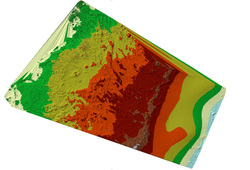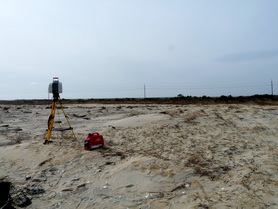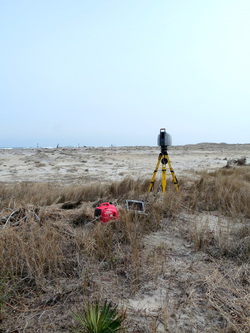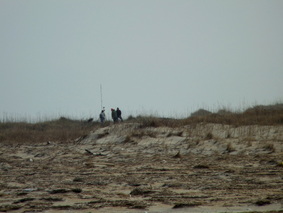A Leica Scanstation 2, dell ruggedized laptop and Honda 1000 watt generator were used to survey the overwash fan. The control network consisted of a diamond pattern of four Leica high definition targets. Scans were made from seven separate locations.
From the surveys, two 5cm digital terrain models (DTM) were created, visualizations of the overwash fan were produced and analysis of the change between surveys within the context of coastal geomorphic research were made. The findings were conveyed through a fifteen minute presentation and research paper.
From the surveys, two 5cm digital terrain models (DTM) were created, visualizations of the overwash fan were produced and analysis of the change between surveys within the context of coastal geomorphic research were made. The findings were conveyed through a fifteen minute presentation and research paper.




